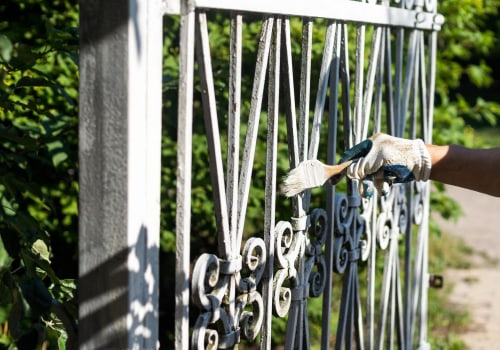Creating a beautiful garden is an endeavor that combines art, science, and personal expression. Essential considerations for landscape design involve understanding the space, climate, soil, and aesthetic preferences, which collectively guide the decisions in cultivating a garden that not only looks appealing but is also sustainable and harmonious with its natural surroundings. The process of designing a garden is intricate, requiring thoughtful planning and strategic implementation, which, much like renovations in Tauranga, demands meticulous attention to detail and a clear vision from the outset.
The first step in landscape design is assessing the existing conditions of the area. This includes analyzing soil type, sunlight exposure, wind patterns, and existing vegetation. Soil testing is crucial as it determines what kinds of plants can thrive in the environment and whether soil amendments are needed to improve fertility or drainage. Understanding sunlight patterns throughout the day and seasons will guide the placement of various plants, ensuring that those requiring more sunlight are appropriately positioned and shade-loving plants are protected. Wind patterns can influence the selection and placement of windbreaks and can affect how well certain plants will grow.
Water management is another critical consideration. Efficient irrigation systems that conserve water while ensuring adequate hydration for plants are essential, particularly in regions prone to drought. Rain gardens and the use of native, drought-resistant plants can reduce water usage and maintenance requirements significantly. Moreover, incorporating elements like mulch can help retain soil moisture and suppress weeds, further enhancing water efficiency and garden health.
Aesthetic considerations involve choosing a color scheme that complements the home and its surroundings, selecting plant varieties that offer varied textures and heights, and creating focal points through the use of distinctive plants or garden structures like pergolas, fountains, or sculptures. The choice of colors in a garden can influence the mood and perception of space; for instance, cool colors like blues and greens can make a space seem larger and more serene, while warm colors like reds and yellows can create a sense of warmth and excitement.
Functionality is equally important in garden design. Spaces should be designed for their intended use, whether for relaxation, entertainment, or as a play area for children. Pathways should be strategically placed for easy navigation through the garden, and seating areas should be designed for comfort and enjoyment of the landscape. Lighting plays a vital role in extending the usability of the garden into the evening and enhancing safety.
Biodiversity can enrich the garden ecosystem, attracting beneficial insects and birds that help with pest control and pollination. Incorporating a variety of plants can also improve the resilience of the garden, reducing the likelihood of total devastation by pests or disease. Additionally, considering the growth patterns and mature sizes of plants will prevent overcrowding and maintain the garden’s beauty over time.
Sustainability practices, such as composting organic waste and using eco-friendly pesticides and fertilizers, not only benefit the environment but also promote healthier growth in the garden. These practices ensure that the garden remains a safe and healthy environment for both plants and the people who enjoy them.
Lastly, planning for the future is crucial as plants grow and spaces mature. A well-designed garden considers the evolution of plants and incorporates elements that can adapt or be easily modified. This foresight prevents the garden from becoming unmanageable or losing its aesthetic appeal as conditions change.
In conclusion, creating a beautiful garden involves a complex interplay of environmental understanding, aesthetic choices, functionality, and sustainability. Each decision from soil preparation to plant selection must be made with a clear vision of the desired outcome and the ecological impact. Just as with thoughtful renovations in Tauranga, effective landscape design requires careful consideration of both immediate and long-term implications to ensure that the garden not only grows but thrives, providing beauty and enjoyment for years to come.







